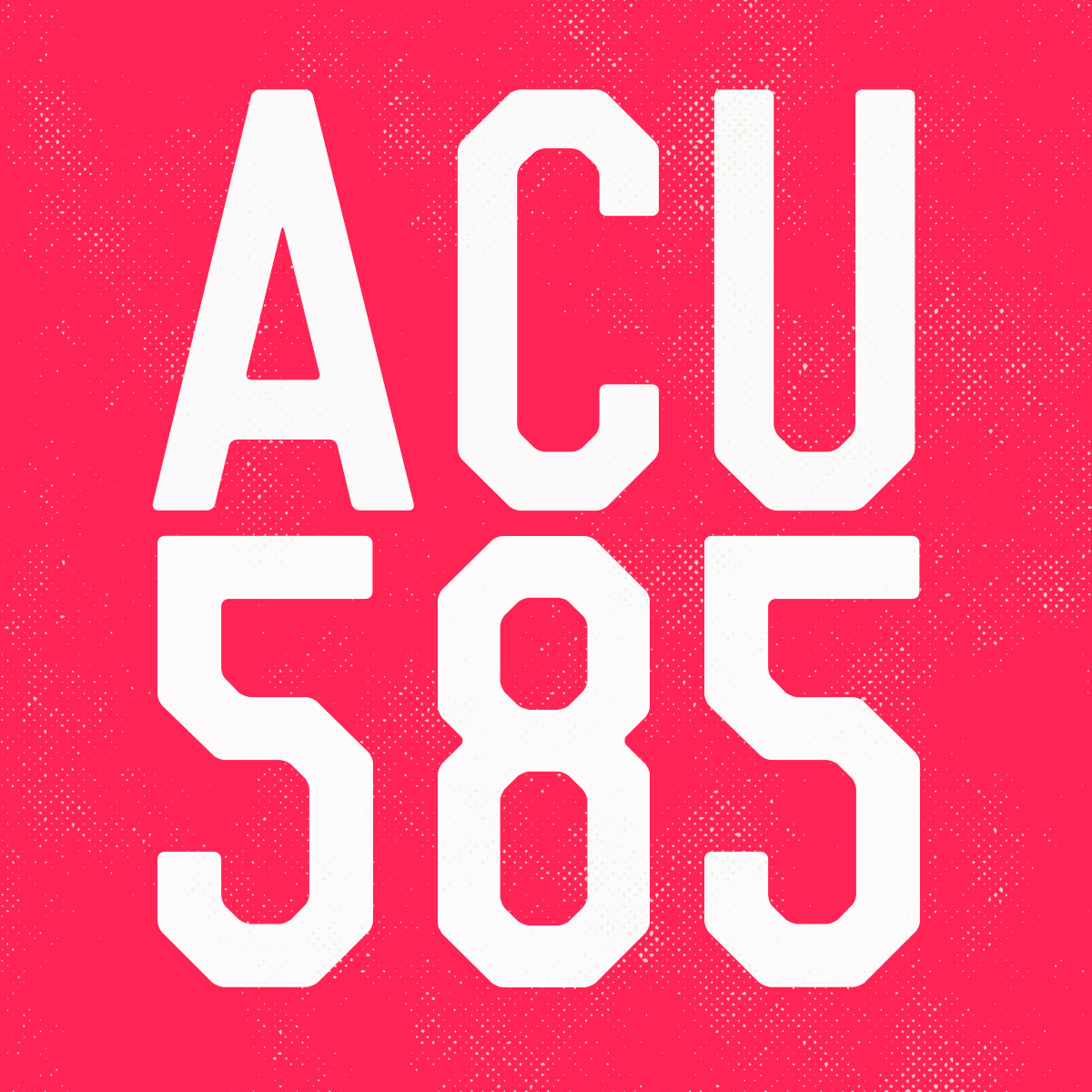East to West: The Evolution of Acupuncture in the Western World
Acupuncture, an ancient healing practice rooted in traditional Chinese medicine, has captured the curiosity and interest of the Western world in recent decades. While its origins date back thousands of years in East Asia, the journey of acupuncture to the West has been one of adaptation, integration, and growing recognition. Below we’ll delve into the captivating story of how acupuncture has evolved and found its place in the Western healthcare landscape.
Phase 1: Initial Encounter and Skepticism
The introduction of acupuncture to the Western world began with sporadic encounters during the early explorations and trade routes. However, it wasn't until the mid-20th century that acupuncture gained noticeable attention in the West. During this phase, Western medical professionals encountered acupuncture during their travels to Asia or while studying Eastern philosophies. Yet, it was met with skepticism due to the vast cultural and philosophical differences that separated Western medicine from traditional Chinese medicine.
Phase 2: Pioneering Advocates and Integration
The 1970s marked a turning point in the Western understanding of acupuncture. Pioneering advocates, including James Reston, a journalist who underwent acupuncture in China, shared their positive experiences with the world. This ignited interest among medical professionals, researchers, and the general public. Acupuncture started making its way into Western medical schools and clinics, often as a complementary therapy.
During this phase, efforts were made to bridge the gap between the two medical paradigms. Scientific research explored acupuncture's mechanisms of action, primarily focusing on neurophysiological explanations. This integration into the Western medical framework was crucial for its acceptance and recognition among healthcare professionals.
Phase 3: Mainstream Acceptance and Regulation
As acupuncture gained momentum, it transitioned from a fringe practice to a more mainstream form of complementary medicine. Medical institutions and professional organizations began recognizing its potential benefits for managing pain, nausea, and other conditions. Governments established regulations and licensing procedures for acupuncture practitioners, ensuring safety and standardized training.
Acupuncture also benefited from celebrity endorsements and media coverage, further propelling its popularity. It became an integral part of holistic wellness centers, pain management clinics, and even some hospitals. Patients seeking alternative or complementary treatments embraced acupuncture as a non-invasive and drug-free option.
Phase 4: Ongoing Research and Cultural Integration
In the present day, acupuncture continues to evolve in the Western world. Research into its efficacy and mechanisms of action persists, with studies exploring its potential for various conditions beyond pain management. Acupuncture's cultural significance and historical roots have led to a deeper appreciation for its holistic approach among Western patients.
Moreover, acupuncture has inspired the development of related therapies, such as acupressure and electroacupuncture, which combine traditional knowledge with modern technology.
Big Picture
The evolution of acupuncture in the Western world is a testament to the power of cross-cultural exchange and open-minded exploration. From initial skepticism to mainstream acceptance, acupuncture has journeyed through various phases, adapting and integrating with Western healthcare practices. Its ability to bridge the gap between Eastern wisdom and Western science has made acupuncture a valuable addition to the spectrum of healthcare options available today. As we continue to explore its potential, we honor the rich legacy of this ancient practice while embracing its continued evolution in the modern world.

